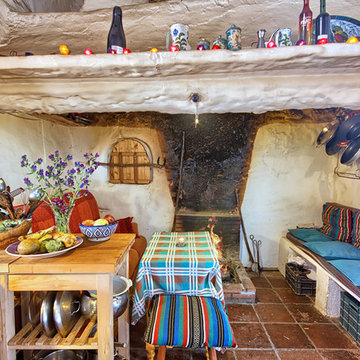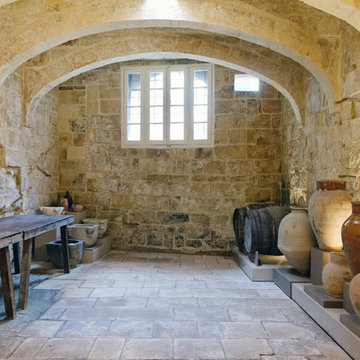Search results for "Historia" in Home Design Ideas

2012 Jill Hunter
Example of a huge tuscan three-story stucco exterior home design in Houston
Example of a huge tuscan three-story stucco exterior home design in Houston

Gender-neutral nursery featuring SISSY+MARLEY for Lucky Star Walk wallpaper in Rain.
Nursery - contemporary gender-neutral light wood floor nursery idea in New York with multicolored walls
Nursery - contemporary gender-neutral light wood floor nursery idea in New York with multicolored walls

Who wouldn't want a slide going to the game room in the basement?! It's also an easy way to get out of doing laundry! (Designed by Artisan Design Group)
Find the right local pro for your project

Magnolia Gardens orients four bedrooms, two suites, living spaces and an ADU toward curated greenspaces, terraces, exterior decks and its Magnolia neighborhood community. The house’s dynamic modern form opens in two directions through a glass atrium on the north and glass curtain walls on the northwest and southwest, bringing natural light to the interiors.

Inspiration for a mediterranean formal and open concept light wood floor and beige floor living room remodel in Stockholm with white walls

Marina Curtis-Evans, owner marinac_evans@yahoo.com if do you like to rent.
Thanks Marina for hire me to shoot your Marina Curtis-Evans, owner marinac_evans@yahoo.com if do you like to rent.
Thanks Marina for hire me to shoot your XVIII century cottage property.

© Christian Burmester
Inspiration for a scandinavian hallway remodel in Bremen
Inspiration for a scandinavian hallway remodel in Bremen
Showing Results for "Historia"
1


















